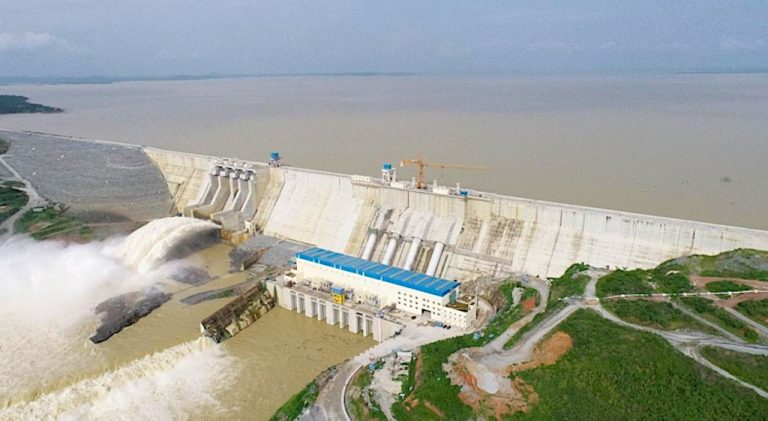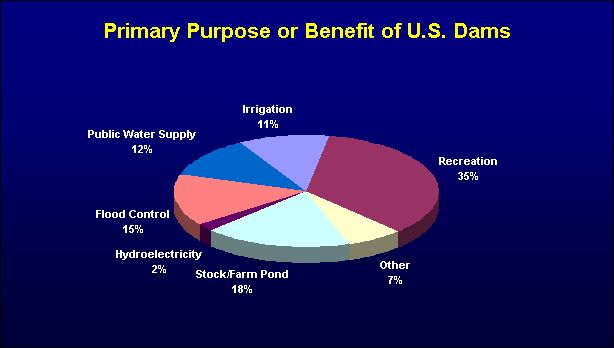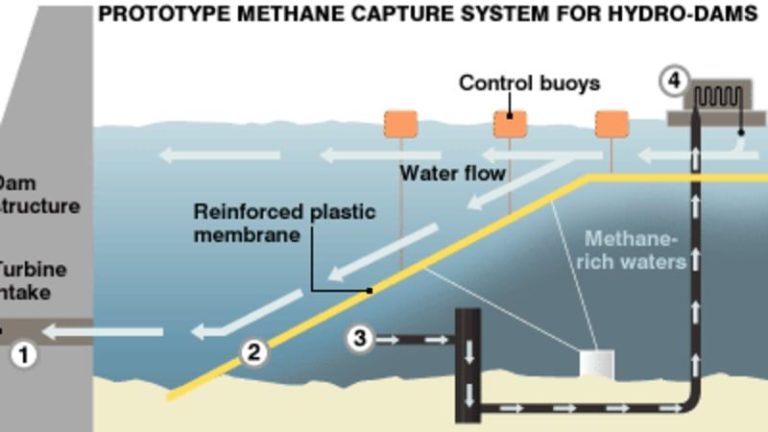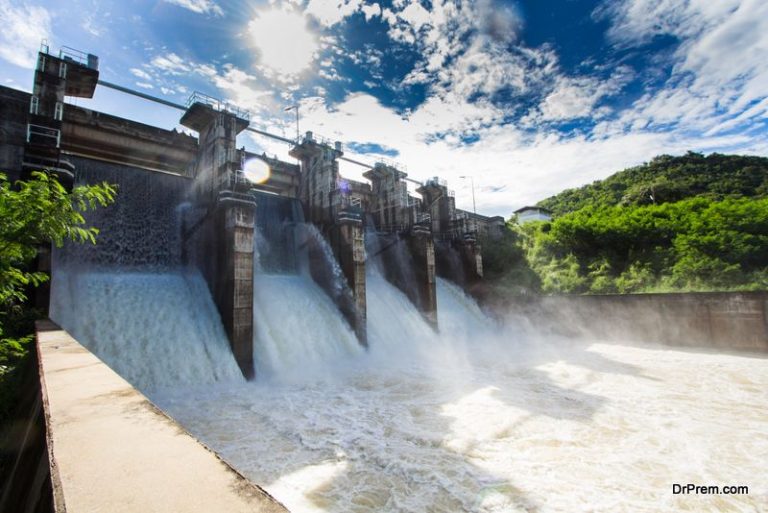What Percentage Of Australia’S Electricity Is Produced From Hydro Schemes?
Electricity production in Australia has expanded significantly over the past few decades to meet the country’s growing energy needs. Today, Australia generates electricity using a mix of energy sources including coal, natural gas, renewable energy like hydro, wind and solar, as well as some oil and biomass.
The way electricity is produced in Australia has changed over time. Historically, coal has been the main source of electricity generation. However, the country has been transitioning towards more renewable energy sources in recent years.
Hydroelectricity, which involves generating electricity from flowing water, plays an important role in Australia’s electricity mix. The mountainous terrain and abundance of rivers in parts of the country provide opportunities for harnessing hydro power through the construction of dams and power stations.
Hydroelectricity in Australia
Hydroelectricity has played an important role in Australia’s electricity generation for over a century. The first hydroelectric plant was built in 1895 at the Mount Monaro gold mine in Tasmania. In the early 1900s, several small hydro plants were developed around the country to provide electricity for local industry and towns. The construction of large hydroelectric schemes expanded in the post-war era to meet rising electricity demand.
Major hydro schemes like the Snowy Mountains Hydroelectric Scheme in New South Wales and Tasmania’s Hydro Electric Commission expanded hydro capacity greatly in the 1950s-1970s. The Snowy Scheme combined 16 major dams, seven power stations and 225 kilometres of tunnels and aqueducts. At the time, it was one of the largest engineering projects ever undertaken in Australia. The creation of these large schemes and interconnections between grids enabled the establishment of the National Electricity Market.
While hydro played a crucial role in early electrification, its contribution declined as thermal coal and gas plants became more widespread from the 1960s-1990s. But hydro still accounts for a significant share of renewable energy and provides essential grid stability services. With energy transition underway, pumped hydro and new technologies may support continued hydro development.
Major Hydroelectric Schemes
Australia has several major hydroelectric schemes that generate a significant portion of the country’s renewable electricity. The three largest are:
- The Snowy Mountains Hydroelectric Scheme located in New South Wales and Victoria. Completed in 1974, it is one of the largest engineering projects ever undertaken in Australia. The Snowy Scheme consists of sixteen major dams, seven power stations, a pumping station and 225 kilometers of tunnels, pipelines and aqueducts. It has a total generating capacity of 4,100 MW, providing approximately 4.5% of Australia’s electricity needs.
- The Tasmanian Hydro Scheme located across Tasmania. Owned and operated by Hydro Tasmania, it consists of 29 hydroelectric power stations that have a combined capacity of 2,600 MW. The scheme provides around half of Tasmania’s electricity needs. Major power stations include Gordon Dam, Poatina Power Station and Tarraleah Power Station.
- The Kareeya Hydroelectric Power Station located in Far North Queensland. Built in the 1950s, it has four hydro generators with a combined capacity of 88 MW. Kareeya provides power to the city of Cairns and surrounding region.
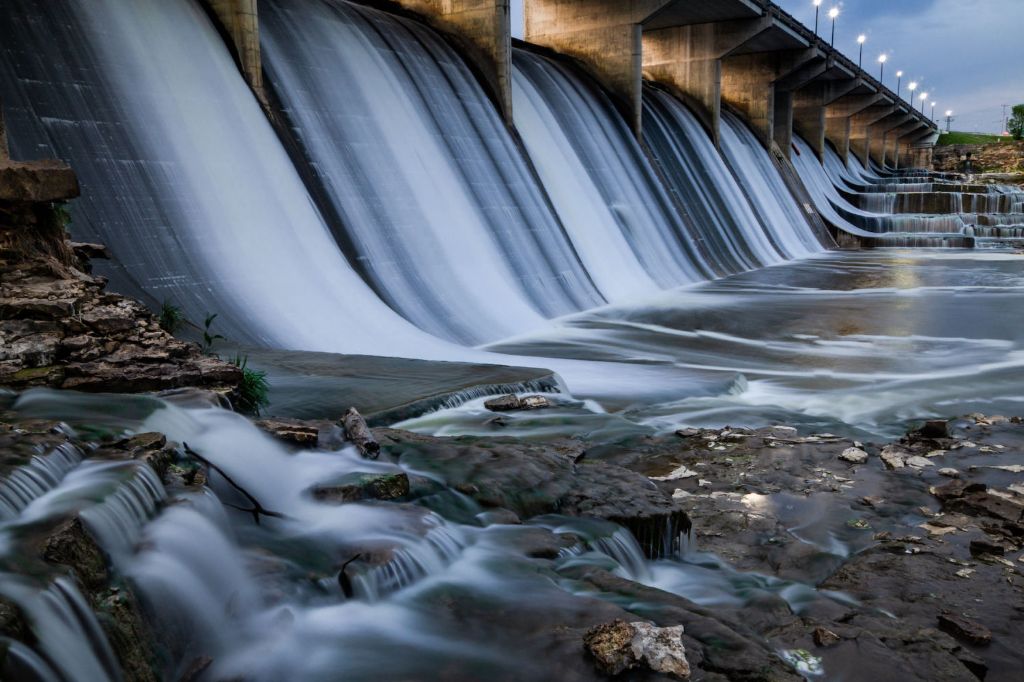
Other smaller hydroelectric facilities are located in Victoria, New South Wales, Queensland and Western Australia. Together they make a significant contribution to renewable power generation in Australia.
Electricity Generation by Source
Australia generates electricity from a mix of energy sources. The main electricity generation sources in 2020 were:
- Coal – 56%
- Gas – 20%
- Renewables – 24%
- Oil and other sources – 1%
Coal, primarily black coal, has historically been the largest source of electricity in Australia. However, renewables have been rapidly increasing their contribution over the last decade. The renewable sources include hydro, wind, solar and bioenergy.
Hydroelectricity Percentage
Hydroelectricity accounts for approximately 19% of Australia’s total electricity generation. This makes it the fourth largest source of power behind coal (63%), natural gas (19%) and wind (7%).
The exact percentage of hydroelectricity fluctuates year to year based on rainfall and water flows. In particularly wet years, the contribution from hydro schemes may rise to over 20% of total generation. During prolonged droughts, the percentage can fall below 15%.
The bulk of Australia’s hydro capacity is located in the Snowy Mountains Hydro Scheme and Tasmania. Together these account for around 75% of the country’s total hydroelectric generation.
While hydro provides a relatively consistent baseload source of renewable energy, its overall share of electricity production has declined over the past two decades. This is primarily due to the growth in wind and solar generation.
Advantages of Hydroelectricity
Hydroelectricity has several major advantages as an energy source in Australia. Firstly, it is renewable. The water cycle constantly renews the water in hydroelectric dams and reservoirs, making hydro a sustainable long-term energy solution. Secondly, hydroelectricity is extremely reliable. The water flow can be controlled through dams to generate a steady and predictable supply of electricity. Hydro schemes also have the advantage of being able to respond rapidly to sudden fluctuations in electricity demand. Finally, hydroelectricity produces negligible greenhouse gas emissions and air pollution. The generation process does not burn fossil fuels, meaning hydro helps lower Australia’s overall carbon footprint.
Challenges for Hydroelectricity
Hydroelectric power faces a number of challenges in Australia. One major challenge is droughts. During extended periods of drought, water levels in dams and reservoirs can drop significantly, reducing the potential for hydroelectric generation. For example, the Millennium drought in the 2000s led to declines in hydro output. Lower rainfall reduces natural inflows into hydro catchments. This vulnerability to droughts is a key limitation of hydroelectricity in Australia’s variable climate.
Hydroelectricity can also have environmental impacts. Building large dams floods vegetation and alters river flows, which can affect local wildlife and ecosystems. Hydroelectric facilities may obstruct fish migration routes or change water temperatures downstream. Dams transform free-flowing rivers into artificial reservoirs. Careful planning and mitigation measures are needed to minimize the ecological footprint of hydro projects. Overall, while hydroelectricity has benefits as a renewable energy source, managing its vulnerabilities to drought and other environmental constraints remains an ongoing challenge.
Hydroelectricity Outlook
Hydroelectricity has the potential for growth in Australia, although not as much potential as other renewable sources like solar and wind power. Australia’s hydro capacity is projected to reach up to 14,000 MW by 2030. However, most of the viable large-scale hydro resources have already been utilized, so future growth may come mainly from smaller projects and pumped storage hydro, which can complement intermittent renewables like wind and solar. Australia could also expand micro hydropower in rural and remote areas. Overall, hydroelectricity is expected to continue playing an important role in Australia’s renewable energy mix, though its share of total electricity generation may decline as other renewables expand faster.
Comparisons to Other Countries
Hydroelectricity accounts for a relatively small percentage of Australia’s electricity compared to other countries around the world. This is largely due to Australia’s climate and geographical landscape, which provide fewer locations suitable for large-scale hydroelectric dams.
Canada generates around 60% of its electricity from hydroelectricity, with ample sources from its many lakes and rivers. Other countries like Brazil (65%), Norway (95%), and New Zealand (55%) also draw a substantial amount of power from hydroelectric schemes.
In comparison, hydroelectricity makes up just 16% of Australia’s total electricity generation. While hydro plays an important role, Australia relies more heavily on coal and natural gas. The Snowy Hydro scheme is one of the largest hydro projects in Australia at approximately 4,500 MW capacity.
Given Australia’s abundance of coal and natural gas reserves, there has been less emphasis on developing hydro resources compared to other nations. The country’s climate also provides fewer locations suitable for very large hydroelectric dams. Overall, Australia’s hydroelectric share is small relative to leading hydro countries.
Conclusion
Hydroelectricity currently makes up around 5-6% of Australia’s total electricity generation. While this percentage is relatively small compared to other renewable sources like solar and wind, hydroelectricity still plays an important role in Australia’s energy mix. The main advantage of hydroelectricity is that it provides reliable, flexible baseload power that can complement intermittent renewables. Existing large-scale hydro schemes like the Snowy Mountains Hydroelectric Scheme also provide vital energy storage through their ability to rapidly increase or decrease output. Going forward, Australia has opportunities to further develop its hydroelectric resources, particularly pumped hydro for energy storage. However, any expansion of large-scale hydro faces environmental challenges relating to river ecosystems and water flows. Overall, hydroelectricity forms a modest but strategic part of Australia’s electricity generation, and will likely maintain this position in the nation’s broader transition towards renewable energy.

